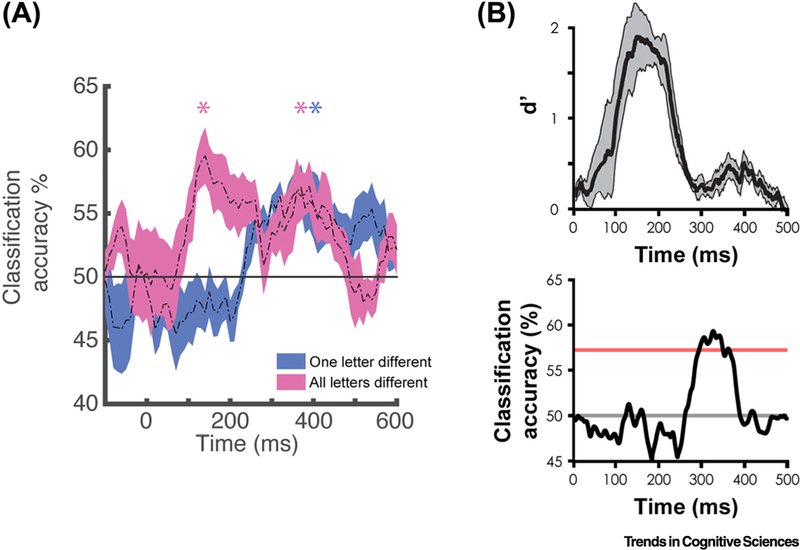Figure 1. Dynamic Word and Face Representations in the Fusiform.
Temporal dynamics of word decoding in the visual word form area (A) and face decoding from the fusiform face area (B) using intracranial electroencephalography in humans. (A) Example time courses from one subject with an electrode placed on the visual word form area [5]. At this electrode the information available at an early time window (100–200 ms) allowed for distinguishing only words that were completely different orthographically (e.g., hint versus dome; pink time course). At a later time (250–500 ms) words that differ only by one letter (e.g., hint versus lint; blue time course), as well as words that were completely different, could be decoded. (B) Time courses showing category-level decoding of faces (top) and exemplar-level decoding of facial identity (bottom) from an example subject with an electrode placed on the fusiform face area [6]. At this electrode the information available at an early time window (100–250 ms) allowed for distinguishing faces from other categories of objects, but not from one another. Individual faces could, however, be distinguished at a later time window (250–500 ms).

